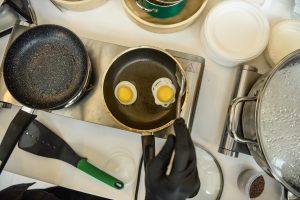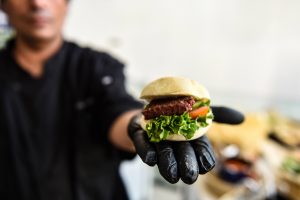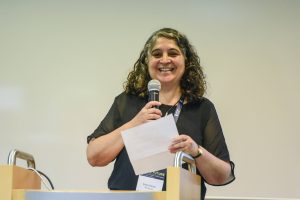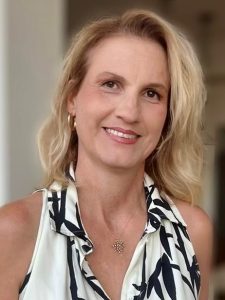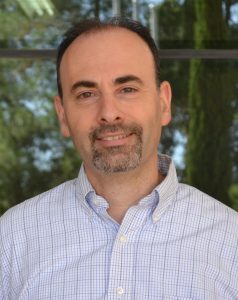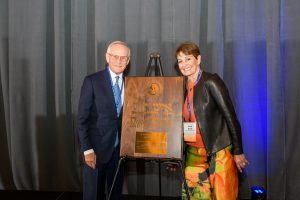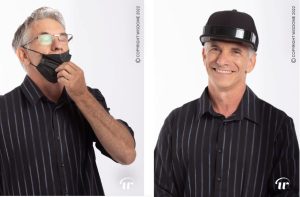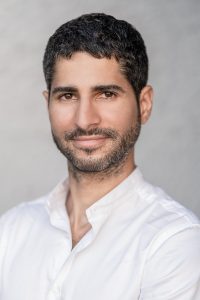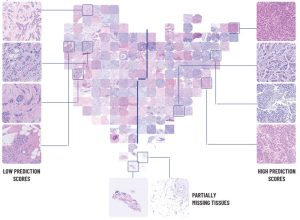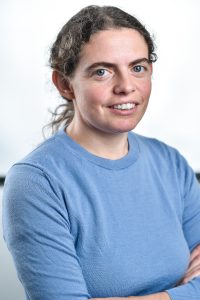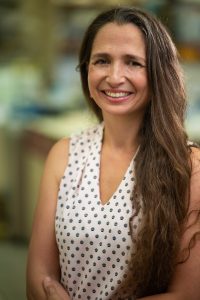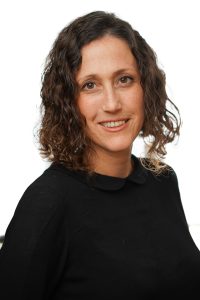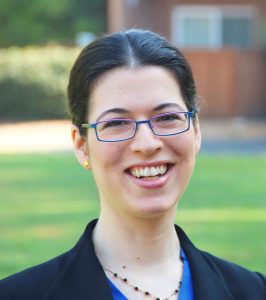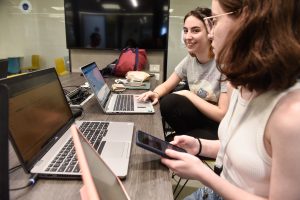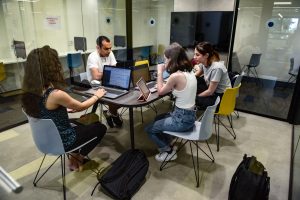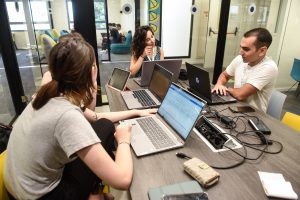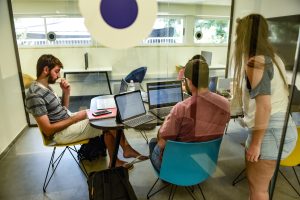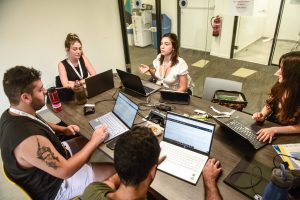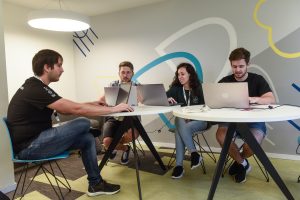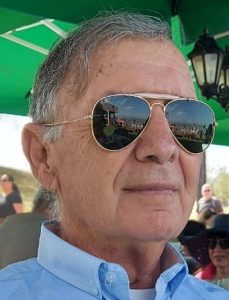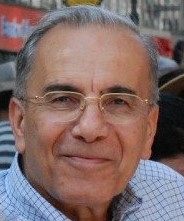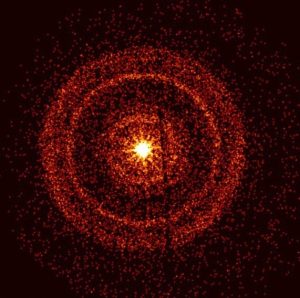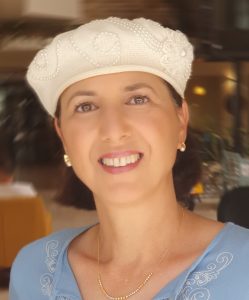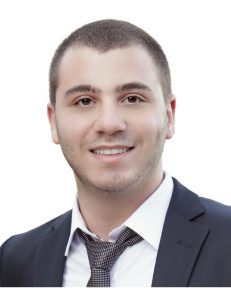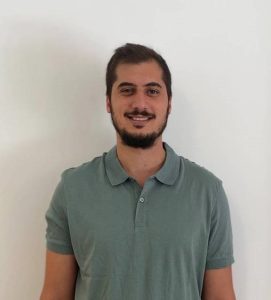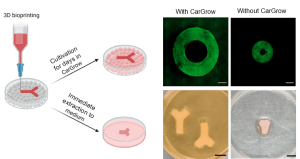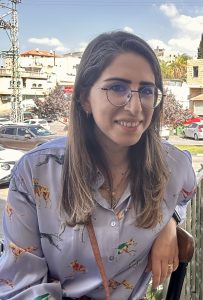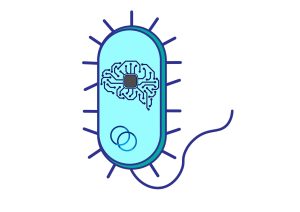On October 23, 2022, the “Taste of the Future” conference, which focused on the development of alternatives for animal proteins, was held at the Technion – Israel Institute of Technology.
Speakers presented challenges, developments, and breakthroughs in the development and production of substitutes for animal-based foods. The need for such substitutes is increasing as a result of climate changes, the growing shortage of food and water due to the increase in the world’s population, and the devastating damage to biological diversity in nature caused by the clearing of forests for growing feed for cattle and for other animals raised for food.
Professor Sima Yaron, dean of the Faculty of Biotechnology and Food Engineering and among the initiators of the conference, welcomed the attendees and emphasized the importance of promoting this multidisciplinary research at the Technion, partly through the help of the Carasso FoodTech Innovation Center currently being established within the faculty.
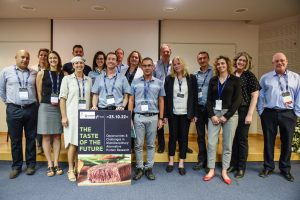
R-L: Technion President Prof. Uri Sivan; Prof. Maya Davidovich-Pinchas from the Faculty of Biotechnology and Food Engineering; Roni Zidon, Business Development Manager at Imagindairy, Prof. Avi Shpigelman from the Faculty of Biotechnology and Food Engineering, Anya Eldan – CEO of Nury Ventures, Doron Maor – director of innovative technologies in protein and milk substitutes at Tnuva, Professor Uri Lesmes from the Faculty of Biotechnology and Food Engineering, Dr. Neta Lavon – CTO at Aleph Farms, Professor Eyal Zussman from the Faculty of Mechanical Engineering, Conference Chairman Prof. Yoav Livney, from the Faculty of Biotechnology and Food Engineering, Ella Waldman – Government Relations at GFI, Nir Goldstein – CEO of GFI Israel, Prof. Shulamit Levenberg from the Faculty of Biomedical Engineering, Dr. Liz Specht – Global GFI vice president for science and technology, Dr. Michal Halpert – director of academic relations – GFI Israel, David Shem Tov – leader of innovation and applied research at the Research Authority at the Technion. Conference Organizers: Prof. Livney, Goldstein, Shem Tov, Prof. Shpigelman, and Dr. Halpert.
The conference was organized by Professor Yoav Livney and Professor Avi Shpigelman from the Faculty of Biotechnology and Food Engineering, Mr. David Shem Tov from the Research Authority, and Mr. Nir Goldstein (CEO) and Dr. Michal Halpert (Director of Academic Relations) from the Good Food Institute (GFI), Israel. GFI is a global nonprofit organization that promotes the development of alternatives to animal-based food by supporting research within the field and its application.
Speakers at the conference included:
Dr. Liz Specht, vice president, science and technology, of the global GFI organization, who presented the multidisciplinary nature of the field and the needs that require basic and applied research, and emphasized the urgency of conducting research in the field
Nir Goldstein, CEO, GFI Israel, who reviewed the developments in Israel and the world in the business arena and explained that in terms of investments in alternative proteins, Israel is ranked second globally
Professor Shulamit Levenberg from the Technion’s Faculty of Biomedical Engineering, who explained her research in the field of cultured meat
Dr. Martin Jager, managing partner of the venture capital fund InnoVestNutrition, who described the complex challenges faced by companies in this field
Technion President Professor Uri Sivan, said at the conference that, “connections between academia and industry are a central component of the Technion’s activities today. The traditional boundaries, which associate basic science with academia and applied research with industry, have disappeared. Even at this conference, we see the connection between the two sectors – experts from the Technion discuss the various issues with people from the food industry. This is the path towards changing the food industry into a high-tech industry.”
Professor Maya Davidovich-Pinhas, a member of the Faculty of Biotechnology and Food Engineering, added that, “the Technion excels in connecting basic science with applied research in a variety of fields like food and human health and maintains many contacts with the relevant industries.”
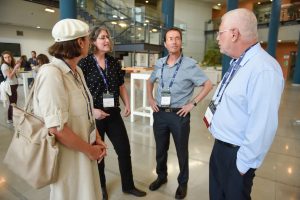
L-R: Technion President Prof. Uri Sivan, Prof. Yoav Livney, and Prof. Maya Davidovich-Pinhas from the Faculty of Biotechnology and Food Engineering, and Prof. Shulamit Levenberg from the Faculty of Biomedical Engineering.
Panels of both industrialists and academics discussed the challenges of the field and ways to deal with them via multidisciplinary collaborations. At the end of the conference, there was a “Taste of the Future” lunch, where the participants tried “steaks” made from vegetable protein created using 3D printing by the Redefine Meat company and egg substitutes made from plant materials, courtesy of the Yo-Egg company.



